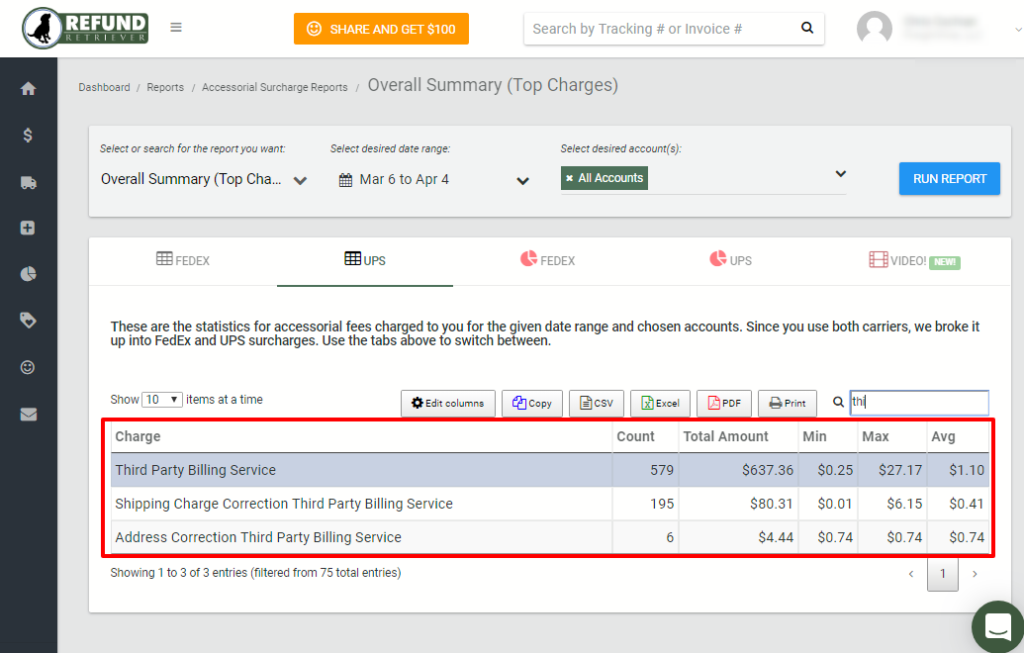What does the future hold? How does the changing parcel landscape impact your profitability? Looking ahead, it’s becoming increasingly clear how vital shipping data is to a shipper’s business. Many shippers want to know UPS vs. FedEx rates, which is better. You can identify how much you ship when you ship and your shipping costs through data. Plus, this identifies opportunities to save money on your parcel overhead.
Estimated reading time: 4 minutes
Lowering shipping costs includes strengthening shipping efficiencies and leveraging the parcel market to your unique company’s benefit. Therefore, it’s critical to lean on shipping data to help you drive efficiency, strengthen accuracy, and increase revenue for your business. It’s also important to understand what to expect in the parcel industry as consumer demands change.
Increase Usage of Shipping Data
Over the past few years, there has been an increase in multi-carrier shipping strategies. The ability to utilize FedEx and UPS helps to strengthen the operations of businesses, large and small. As we look at the changing parcel landscape, this strategy remains relevant. However, executing a multi-carrier strategy is not easy to manage.
However, shippers are better positioned to strengthen their shipping efficiencies while decreasing their shipping overhead using shipping data. Through data, shippers can identify their most favorable carriers based on transit time, pickup locations, and
But shipping data will also identify unexpected fees beyond the base rate, dimensional pricing, and pickup options. Collectively, these details can help shippers maximize their efforts and ultimately improve their parcel savings year after year.
Additional or Unexpected Surcharges
Each year, accessorial fees and surcharges increase. The parcel landscape will have this forever; surcharges are not going away. Additional fees and surcharges are often applied unexpectedly and unnoticed if not managed by a parcel auditing company such as Refund Retriever. Cost increases could result from yearly price increases or peak season surcharges due to extraordinary events such as COVID-19.
- FedEx Peak Season Increases
- UPS Peak Season Increases
- FedEx Yearly Rate Increases – GRI
- UPS Yearly Rate Increases – GRI
Each year, accessorial fees and surcharges increase. The parcel landscape will have this forever; surcharges are not going away. Additional fees and surcharges are often applied unexpectedly and unnoticed if not managed by a parcel auditing company such as Refund Retriever. Cost increases could result from standard yearly increases or peak season surcharges due to extraordinary events such as COVID-19.
Therefore shippers need to confidently understand what surcharges are currently applied to all shipments. And while it’s unclear what new surcharges may be introduced next year, it’s a certainty that they will emerge. As a result, shippers should implement a parcel auditing process to ensure proper surcharge monitoring. As a result of parcel auditing, shippers gain refunds from late UPS and FedEx deliveries.
Same-Day Deliveries & Regional Carriers
Consumer expectations for deliveries are increasingly becoming less and less patient. Customers want what they want when they want it. Yet delivery options aren’t always ideal for their budget or patience. Customers wish to hassle-free shipping with zero to minimal cost applied to them. However, businesses need efficient, low-cost shipping strategies that help to retain customer loyalty and inventory sell-thru.
Customer demands are likely to increase in the future, changing parcel landscape. As a result, shippers must adapt to more real-time delivery options that cater to consumer expectations. Since the beginning of the COVID-19 pandemic, residential delivery is ever increasing. The ability to use FedEx and UPS for nationwide delivery is vital, but regional shipping carriers are a viable option.
Changing Parcel Landscape
Data has undoubtedly affected carrier changes from the recent Covid-19 peak surcharges to yearly general rate increases. Thus, data should also be a factor in your parcel planning. Allow data to help you strengthen your parcel management by supporting your business with reduced parcel overhead. Exploration of different carriers and data analysis creates a more streamlined shipping strategy. Finally, remember that data alone cannot make changes to your business. But data combined with the flexibility of carrier choices can help you reach your parcel goals.



